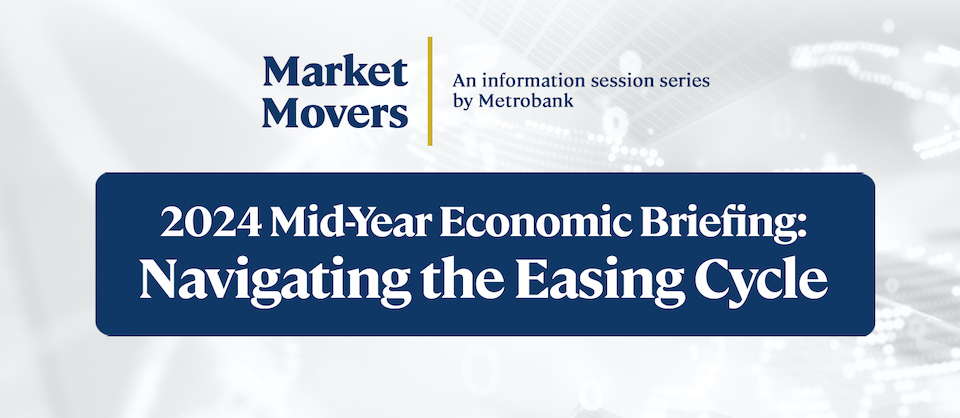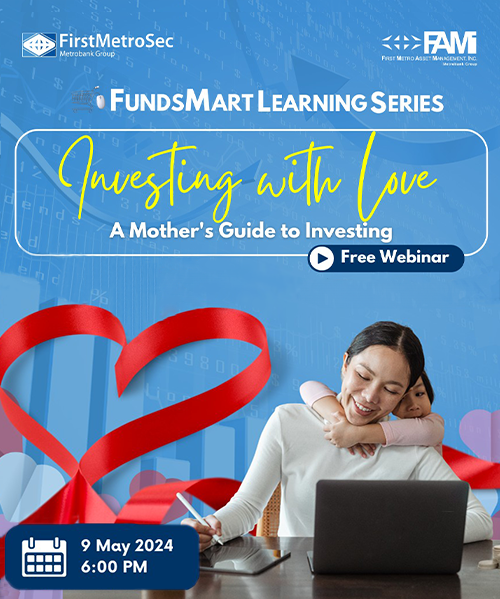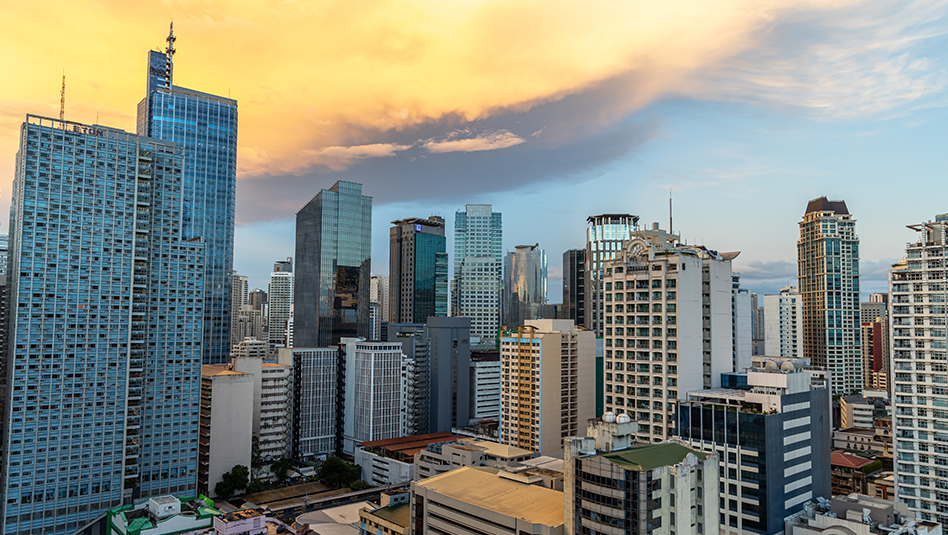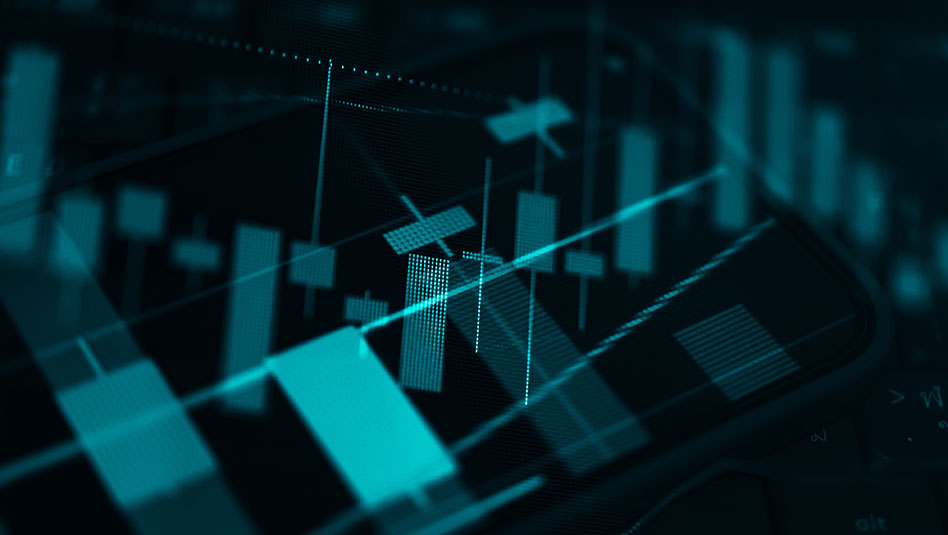Sector: Financial Services
Read this content. Log in or sign up.
If you are an investor with us, log in first to your Metrobank Wealth Manager account.
If you are not yet a client, we can help you by clicking the SIGN UP button.

Fundamental View
AS OF 12 Oct 2023Macquarie was tested during the global financial crisis, but managed to steer through the crisis without reporting net losses; in fact it hasn’t reported a loss in its 50+ years of existence. A strong balance sheet mitigated liquidity problems, but its banking unit had to turn to Australia’s central bank at that time for support.
The group has an impressive track record of managing risks and achieving good returns, and has built capabilities in a number of areas. Divestments are controlled based on the market environment. More recently, it has been a beneficiary of market volatility in the commodity space. Its Australian mortgage book has also shown strong but sensible growth.
Business Description
AS OF 12 Oct 2023- Macquarie grew out of the Australian business of Hill Samuel Australia, commencing operations in 1969. Macquarie Group Ltd (MGL) is the holding company and listed entity, under which there is the banking group Macquarie Bank Ltd (MBL) which consists of the Banking & Financial Services (BFS) and Commodities & Global Markets (CGM) businesses, and a non-banking group which consists of the Macquarie Asset Management (MAM) and Macquarie Capital (MC) businesses.
- From the 1990s, the group has been associated with the "Macquarie Model" which focused on identifying cash-generating infrastructure assets & packaging them into funds that could be sold, with Macquarie taking fees as banker, arranger and asset manager.
- The global financial crisis prompted it to diversify its operations which it did through acquisitions of asset managers including Delaware Investments in the US and Blackmont Capital in Canada, boutique investment bank Fox-Pitt Kelton and specialists such as Tristone Energy (Canada). More recently, it acquired US asset manager, Waddell & Reed in April 2021, which added around US$76 bn of assets under management.
- MAM has AUM of ~A$796 bn, mostly in "traditional" funds management but also including its specialist infrastructure and real assets funds.
Risk & Catalysts
AS OF 12 Oct 2023Macquarie has sizable exposures to credit and equity risk, and so could be adversely impacted by falls in asset prices. In addition, volatile/weak markets could impede its ability to exit some of its investments. Its earnings profile partially depends on exits and therefore is lumpy in nature. So far it has managed this risk well.
As a relatively small group operating mainly in wholesale markets, it is vulnerable to a liquidity freeze, but it mitigates this through running a well-matched and liquid balance sheet.
It is a global leader in infrastructure investments and is well positioned for the green transition. It has been a strong beneficiary of volatility in commodity markets, a testament to its risk management capabilities.
Its banking unit, MBL, has been subject to enforcement action in Apr-21 by APRA over the incorrect treatment of some intra-group funding arrangements resulting in a A$500 mn operational risk overlay being applied as well as LCR and NSFR add-ons.
Key Metric
AS OF 04 Mar 2024| AUD mn | 2H23 | 1H23 | 2H22 | 1H22 | 2H21 |
|---|---|---|---|---|---|
| Operating Income | 10,649 | 8,927 | 9,799 | 8,034 | 7,332 |
| Operating Expense/Operating Income | 61.2% | 62.9% | 58.3% | 63.1% | 62.8% |
| Net Profit | 2,877 | 2,305 | 2,663 | 2,043 | 2,030 |
| ROAE | 18.1% | 15.6% | 19.6% | 17.8% | 9.5% |
| Total Impairments/Op Profit | 4.1% | 8.6% | 6.8% | 7.8% | 2.8% |
| Annuity Business Profit Contribution | 27.0% | 43.3% | 44.7% | 39.6% | 38.3% |
| MBL CET1 Ratio (APRA) | 13.7% | 12.8% | 11.5% | 11.7% | 12.6% |
| MBL Liquidity Coverage Ratio | 214% | 172% | 175% | 179% | 174% |
| MBL Net Stable Funding Ratio | 124% | 116% | 121% | 122% | 115% |
CreditSight View Comment
AS OF 05 Nov 2024Macquarie has a strong record of profitability since its inception. Its asset mgmt business focused on infrastructure, and more recently green assets, is a global leader. It manages risks and returns effectively, and in FY22+23 was a large beneficiary of O&G and power price volatility. The Australian banking business has gained mortgage marketshare and is looking to grow business banking. Large investment disposals from asset mgmt and Macquarie Capital led to a record year in FY22; strong commodities outperformance led to another record in FY23. FY24 and 1H25 income was lower on lower a) asset realisations and b) gas and power inventory management and trading income. Capital is adequate, ALM is conservative, and being APRA regulated is a huge plus. We see its bonds trading fair.
Recommendation Reviewed: November 05, 2024
Recommendation Changed: July 25, 2024
Who We Recommend
Starbucks

Export-Import Bank of India

BMO Financial



How may we help you?
Search topics about wealth insights and investments.Read this content. Log in or sign up.
If you are an investor with us, log in first to your Metrobank Wealth Manager account.
If you are not yet a client, we can help you by clicking the SIGN UP button.

Fundamental View
AS OF 29 Feb 2024Crédit Agricole’s business model enjoys benefits of scale, with a strategy of organic growth and bolt-on acquisitions.
Italy is an important part of its operations, accounting for around 7% of the loan book, and while asset quality there is weaker than at the group level, its performance has been improving.
Group asset quality and capital ratios are robust, reflecting a largely low-risk balance sheet – retail and related banking accounts for around 80% of group net profits.
Business Description
AS OF 07 Jun 2023- Crédit Agricole (CA Group) includes 38 regional banks (Caisses Régionales or CRs) owned by 2,401 local credit co-operatives themselves, owned by 11.5 million mutual shareholders.
- The scope of consolidation used by regulators (e.g. for stress tests) is the CA Group level. The listed entity is Crédit Agricole SA (CASA), owned 57.1% by the CRs (via a holding company); the remaining 42.9% is free float.
- CASA has four business lines in its own operations and through subsidiaries: Retail Banking (LCL, Italy operations), Asset Gathering (Amundi, Indosuez Wealth Management, and insurance business via Crédit Agricole Assurances), Large Customers (Corporate & Investment Bank and Caceis Investor Services), and Specialised Financial Services (Leasing & Factoring and Consumer Finance).
- It mainly operates in banking and insurance in France. Its second largest market is Italy, where CA Italia offers consumer, private and corporate banking, asset management and insurance. It acquired Cariparma in 2007, and since then has added a number of other small banks, most recently Credito Valtellinese in 2021.
Risk & Catalysts
AS OF 29 Feb 2024Crédit Agricole regards Italy as its second domestic market. Asset quality is still weaker than in the rest of the group but has been improving for some time now.
The group aims to strengthen its already strong positions in specialist finance and asset management via organic growth, partnerships, and bolt-on acquisitions. The group regularly looks for opportunities and it builds stakes in various businesses, which remain areas to monitor. The group tends to only pursue opportunities which generate specific return on investments, return on normalised equity, and the capacity to integrate without any difficulty.
Retail Banking in France remains under pressure due to higher (deposit) funding costs.
Group capital ratios remain of comfort for bondholders, with CASA run more tightly, although capital ratios improved there on the first time adoption of IFRS 17.
Key Metric
AS OF 29 Feb 2024| € mn | 4Q23 | Y23 | Y22 | Y21 | Y20 |
|---|---|---|---|---|---|
| Return On Equity | n/m | 6.3% | 6.3% | 7.4% | 4.0% |
| Total Revenues Margin | 1.4% | 1.5% | 1.5% | 1.6% | 1.6% |
| Cost/Income | 64.8% | 60.5% | 60.6% | 62.7% | 65.0% |
| CET1 Ratio (Transitional) | 17.5% | 17.5% | 17.6% | 17.5% | 17.2% |
| CET1 Ratio (Fully-Loaded) | 0.0% | 0.0% | 17.2% | 17.2% | 16.9% |
| Leverage Ratio (Fully-Loaded) | n/m | n/m | 5.3% | 6.0% | 6.0% |
| Liquidity Coverage Ratio | 144% | 144% | 167% | 171% | 149% |
| Impaired Loans (Gross)/Total Loans | 2.1% | 2.1% | 2.1% | 2.0% | 2.4% |
CreditSight View Comment
AS OF 20 Dec 2024Crédit Agricole remains a core holding amongst European banks, with the benefits of several large business franchises. The largest retail banking group in France has reduced the complexity in its mutual structure, with stakes in all the regional banks formerly held by the quoted entity Crédit Agricole S.A. now transferred to a new group entity. Retail banking has been under pressure but there are signs this is now reducing. Asset quality and capital are sound. This strong starting position helped protect the group’s financial ratios during the COVID-19 pandemic, and the latest set of results were resilient in the face of a challenging macro-economic backdrop globally.
Recommendation Reviewed: December 20, 2024
Recommendation Changed: August 10, 2017
Who We Recommend
Starbucks

Export-Import Bank of India

BMO Financial



How may we help you?
Search topics about wealth insights and investments.Read this content. Log in or sign up.
If you are an investor with us, log in first to your Metrobank Wealth Manager account.
If you are not yet a client, we can help you by clicking the SIGN UP button.

Fundamental View
AS OF 11 May 2023CDB’s credit standing is based on its role as a quasi-sovereign policy bank that provides financial support for implementation of the government’s socio-economic policy priorities both domestically and externally.
It is the largest issuer in the Chinese domestic bond market (accounting for near one-tenth of the whole China bond market) after the government itself.
CDB is wholly owned by the Chinese government and can lean on the central bank for liquidity and capital needs. In 2015, the government injected $32 bn in FX reserves into the bank to facilitate financing for Belt and Road Initiative (BRI) projects.
Business Description
AS OF 11 May 2023- CDB was established in 1994 to alleviate the problem of insufficient funds for China's economic growth and to take over the long-term financial agency function and policy loan function of CCB.
- From 1998-2013, under the leadership of Chen Yuan, CDB started its commercialization journey with its management attempting to demonstrate that a policy bank can be run along relatively commercial lines. But the commercialization raised the issue of higher bond financing costs for CDB. Unlike commercial banks, bond financing is the major source of funding for CDB. Since 2013, after a new CEO took over, CDB gradually returned to its original position of a policy bank.
- CDB is owned by the Chinese government via the MOF (37%), Huijin (35%), Buttonwood (27%) - an investment company held by SAFE - and the National Council for Social Security Funds (2%). CDB's main subsidiaries are CDB Capital Co (private equity), CDB Securities Co (underwriting & brokerage) and CDB Leasing, which is listed in Hong Kong.
Risk & Catalysts
AS OF 11 May 2023As its credit standing is strongly linked to the government, CDB is rated in line with the China sovereign (A1/A+/A+). Any downgrade of China’s sovereign rating would affect its own ratings.
Any reduction in the government’s willingness to support CDB would weaken its credit standing. Some uncertainty did arise as the bank moved towards commercialisation pre-2013, but CDB’s policy bank status has since been reaffirmed.
CDB’s policy role may involve it taking on exposure that lead to financial losses, in which case we would expect proactive state support to ensure that the bank remains financially sound.
Key Metric
AS OF 11 May 2023| Key Metrics | FY18 | FY19 | FY20 | FY21 | FY22 |
|---|---|---|---|---|---|
| Operating Income/Average Assets | 1.53% | 1.33% | 0.98% | 1.09% | 1.31% |
| Pre-Impairment Operating Profit / Average Assets | 1.43% | 1.22% | 0.88% | 0.99% | 1.22% |
| ROA | 0.7% | 0.7% | 0.7% | 0.5% | 0.5% |
| ROE | 8.7% | 8.7% | 8.2% | 5.2% | 5.3% |
| CET1 Ratio | 9.7% | 9.9% | 9.9% | 9.9% | 9.3% |
| Credit Costs | 0.86% | 0.45% | 0.05% | 0.59% | 0.85% |
| NPL Ratio | 0.92% | 0.95% | 0.79% | 0.84% | 0.78% |
| Total Equity/Total Assets | 7.90% | 8.30% | 8.51% | 8.82% | 8.66% |
CreditSight View Comment
AS OF 03 Jul 2023CDB is China’s largest policy bank. It is owned by the government and plays a key role in implementing the Chinese government’s economic plans both inside China and overseas. It is a quasi-sovereign entity that is rated in line with China’s sovereign rating. We therefore view its debt as attractive for additional spread pick-up over the $-denominated sovereign curve given that its ultimate risk is that of the Chinese government.
Recommendation Reviewed: July 03, 2023
Recommendation Changed: July 16, 2021
Who We Recommend
Starbucks

Export-Import Bank of India

BMO Financial










 DOWNLOAD
DOWNLOAD



